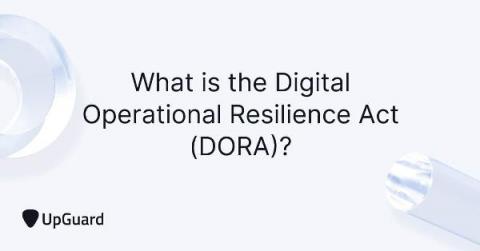Security | Threat Detection | Cyberattacks | DevSecOps | Compliance
Latest News
Weekly Cyber Security News 10/09/2021
A selection of this week’s more interesting vulnerability disclosures and cyber security news. For a daily selection see our twitter feed at #ionCube24. Claims of a new method to stash malware in parts of a system where no code has gone before has raised a few comments that, no, this is not new. As usual I’m sure we will see…
How to improve MTTD and MTTR with SOAR
Hive Ransomware: Actively Targeting Hospitals
Most ransomware groups operating in the RaaS (Ransomware-as-a-Service) model have an internal code of ethics that includes avoiding breaching some specific sectors, such as hospitals or critical infrastructure, thus avoiding great harm to society and consequently drawing less attention from law enforcement.
Security Incident Containment with Teleport Session and Identity Locking
What would you do when a security incident is detected? Shut down the servers? Pull out the power cord from the data center? When an incident is detected, both the incident method and the time required to contain an incident are essential to limit the damage. The slower you are to react, the more damage an incident would incur. And a service downtime to contain an incident can cost businesses even more than a security incident itself.
What is the Digital Operational Resilience Act (DORA)?
The Digital Operations Resilience Act (DORA) is the European Union’s attempt to streamline the third-party risk management process across financial institutions. A draft of DORA was published by the European Commission on 24 September 2020. Without this act, there isn't an objective Information and Communication Technology (ICT) risk management standard in Europe.
5 Step Guide: How to Perform a Cyber Risk Analysis in 2021
No organization is impervious to cyberattacks. But what separates resilient businesses from data breach victims is superior risk management. Resilience is achieved through the meticulous calculation of all potential risks and the application of necessary control measures to mitigate them. In this post, we present a 4-step framework for a reliable risk management plan.
2003 Testimony to Congress Proves That We Still Have a Long Way to Go In Building Secure Software
Back in May 1998, as a member of the hacker think tank, L0pht, I testified under my hacker name, Weld Pond, in front of a U.S. Senate committee investigating government cybersecurity. It was a novel event. Hackers, testifying under their hacker names, telling the U.S. government how the world of cybersecurity really was from those down in the computer underground trenches.
8 Benefits of Implementing a Zero Trust Architecture
Federal Effort to Improve Cybersecurity Prioritizes Log Management
In May, President Biden issued an executive order designed to improve cybersecurity in the federal government and, by extension, the nation. Recently, details have started to come out about what this much-needed effort will involve. The latest development is a memorandum from the Office of Management and Budget that focuses on data log collection and analysis.











